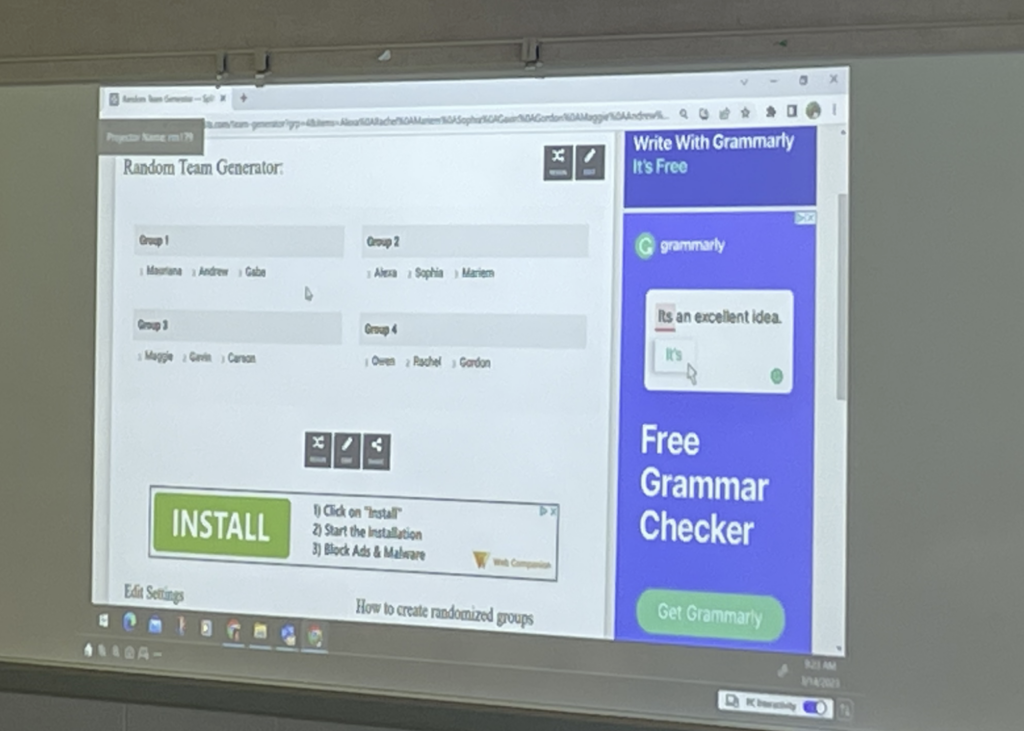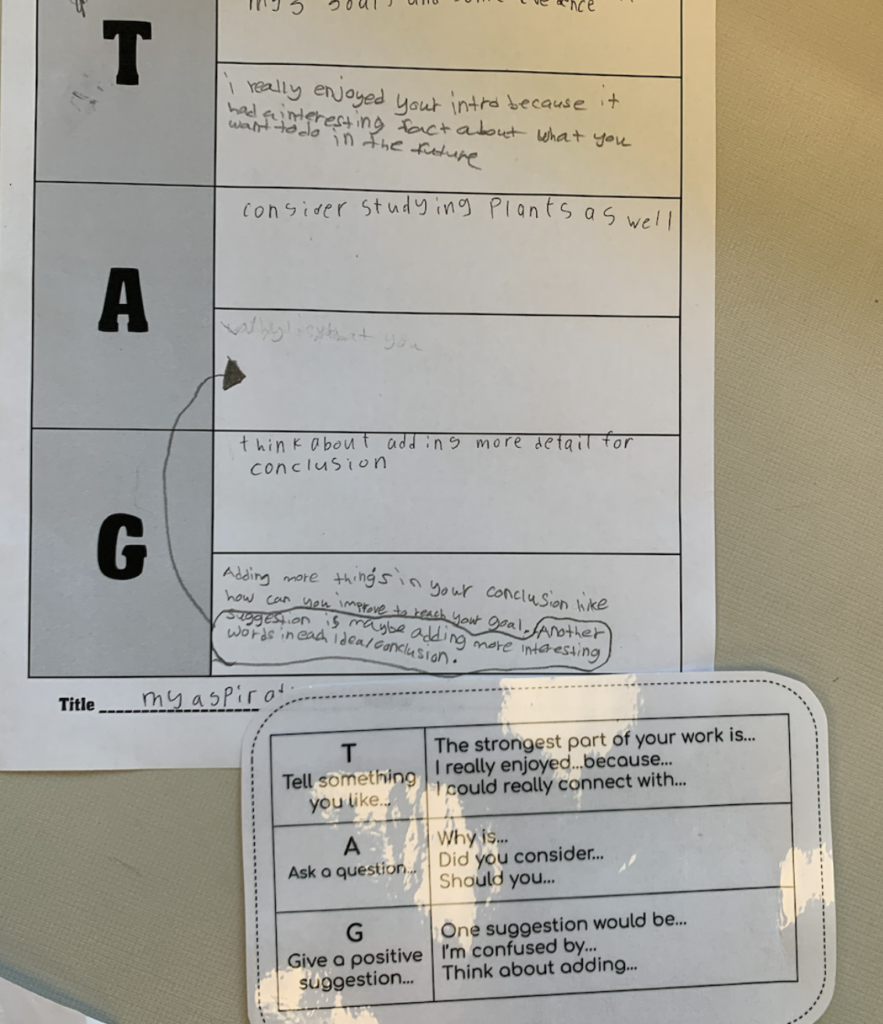Strategically Group Learners
Strategically Group Learners for Collaborative Learning Experiences NOTE: This strategy is part of the self-paced Spark Collaboration Course When assigning group work you can assign groups to learners or allow them to choose their own groups. Research has shown motivation is higher when students select their own groups, and many students prefer this method.…
Provide Peer Feedback Protocols
Provide Peer Feedback Protocols NOTE: This strategy is part of the self-paced Use Assessment as a Tool for Learning Course Introduce feedback protocols to students that provide a structure for giving high-quality peer feedback. Example protocols include: Warm & cool feedback 2 stars and 1 wish 1 glow and 1 grow I like, I…

